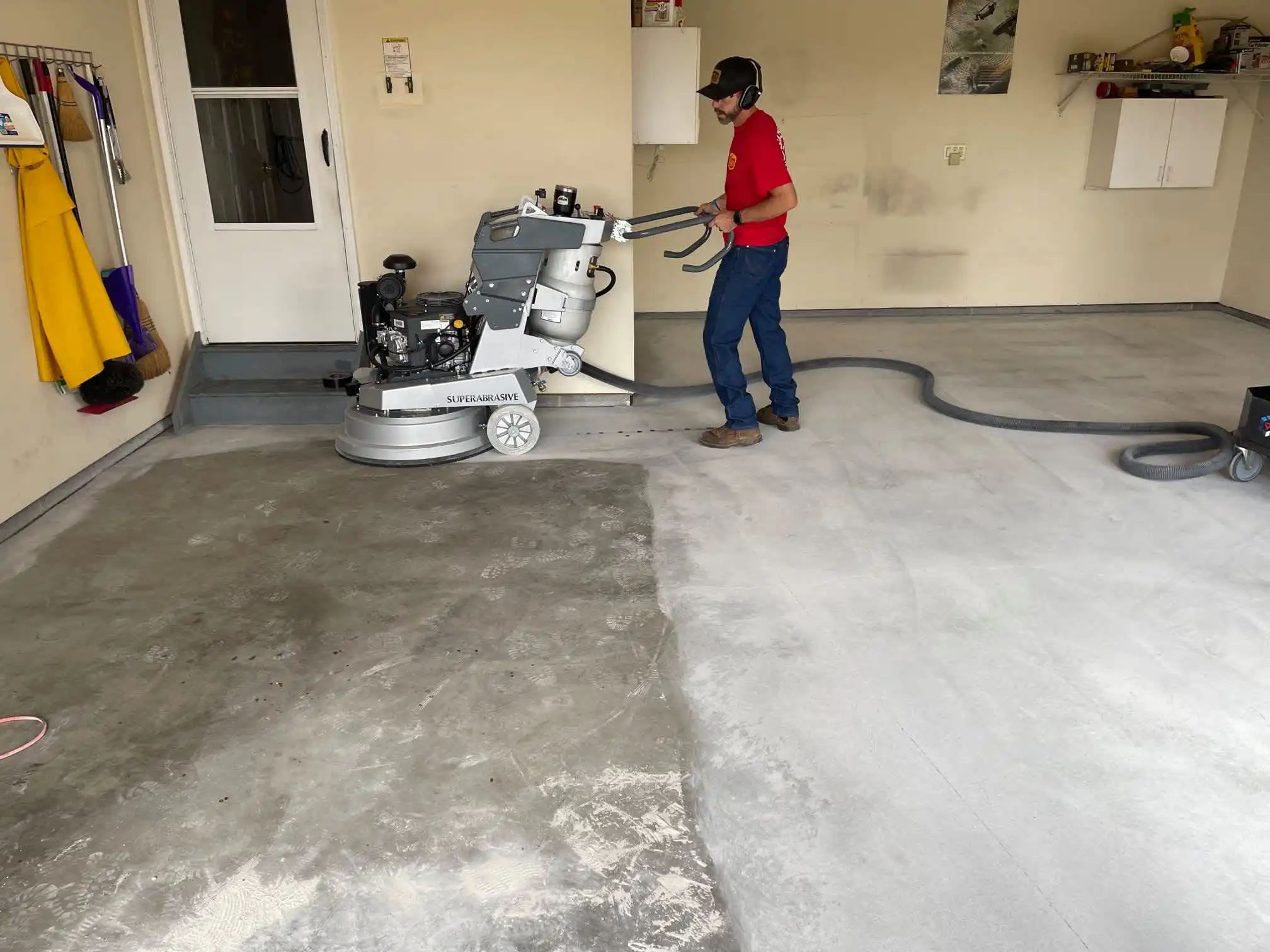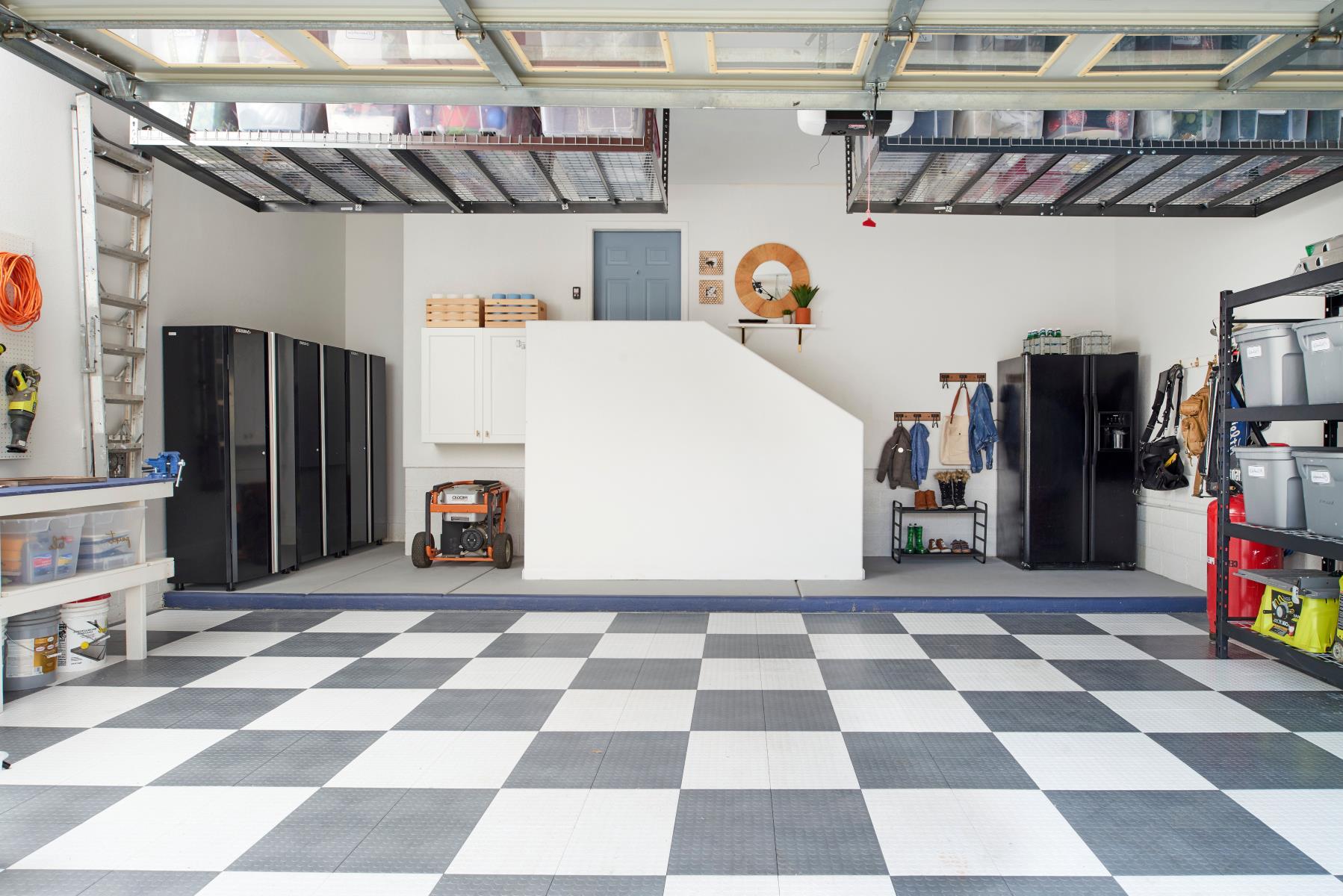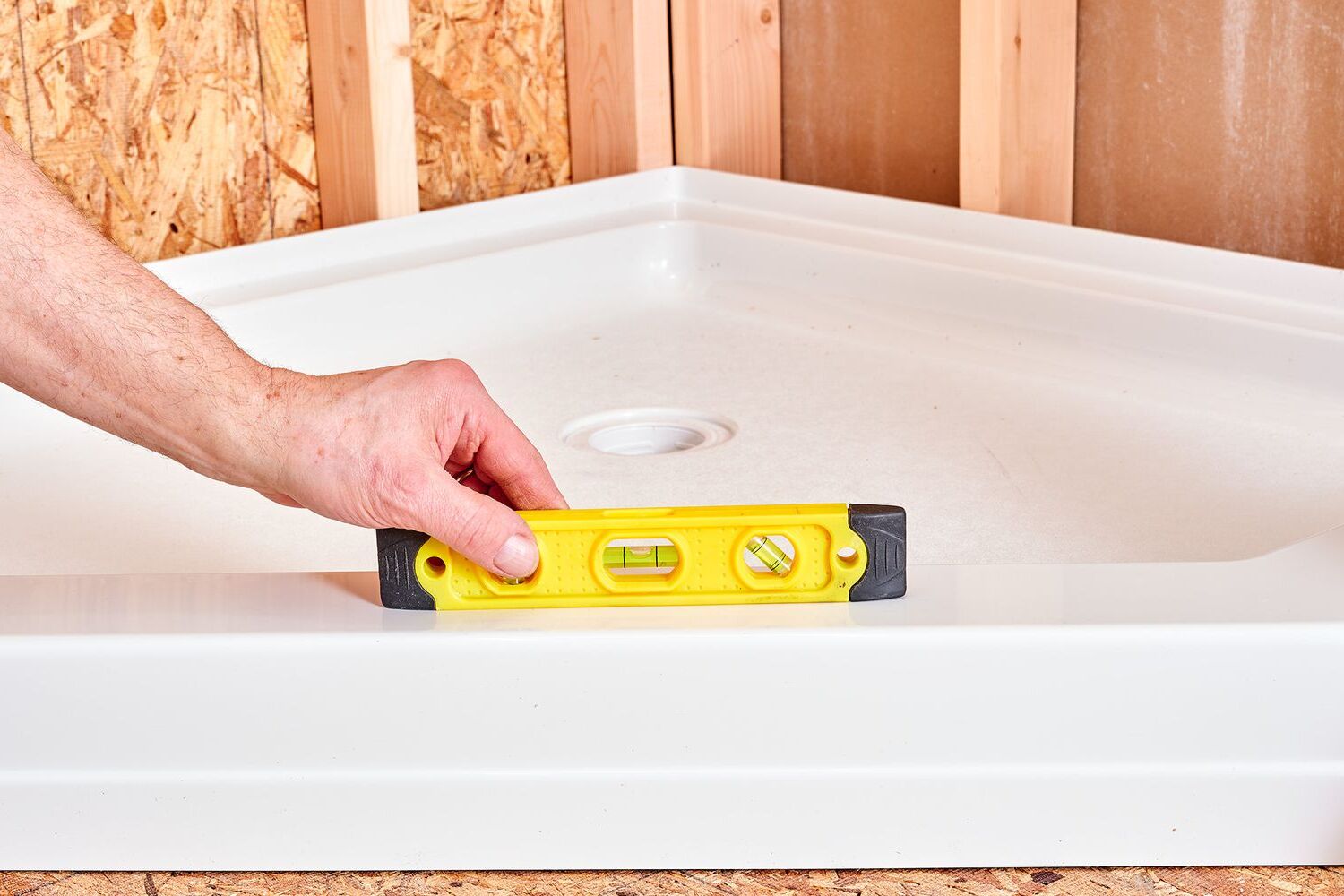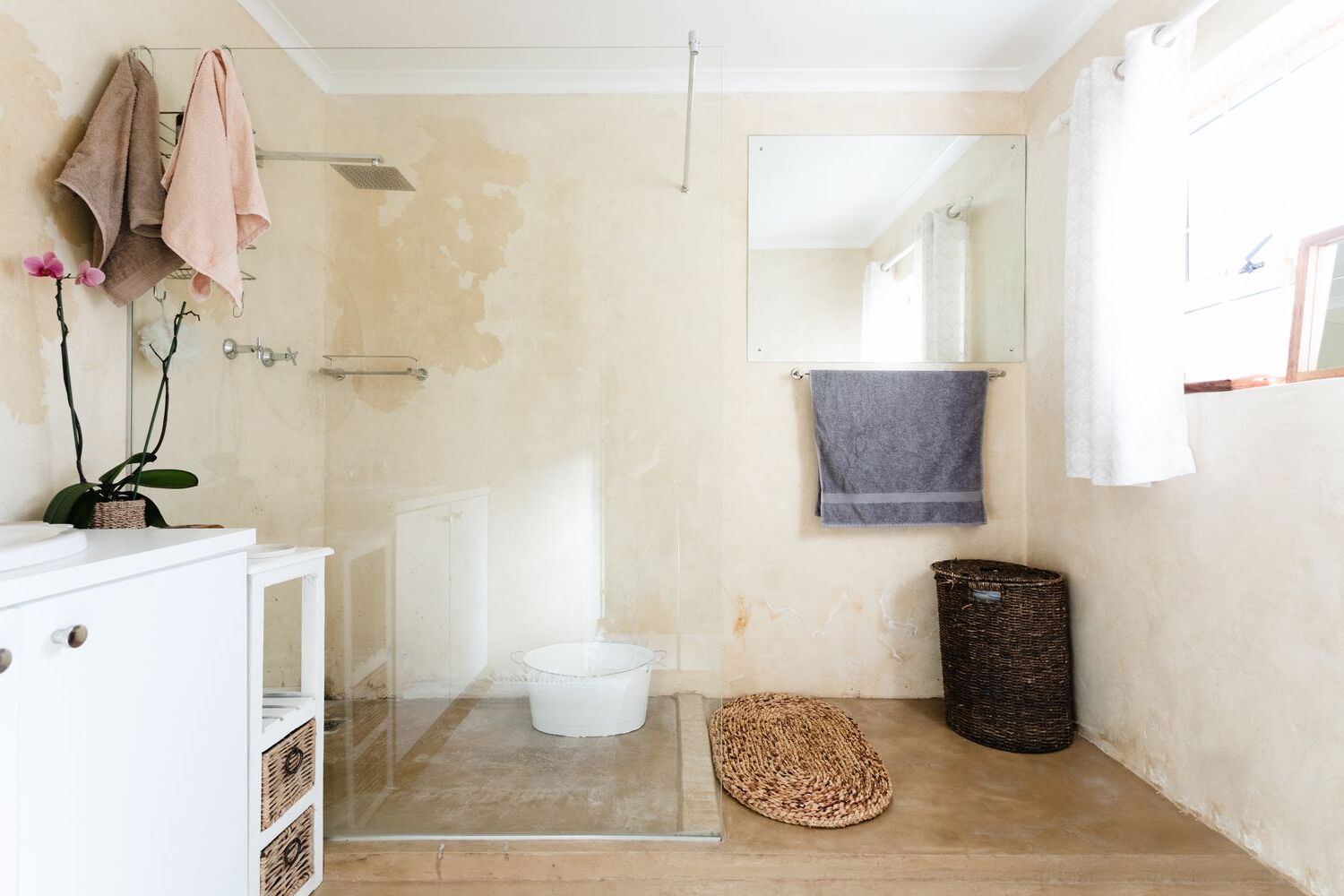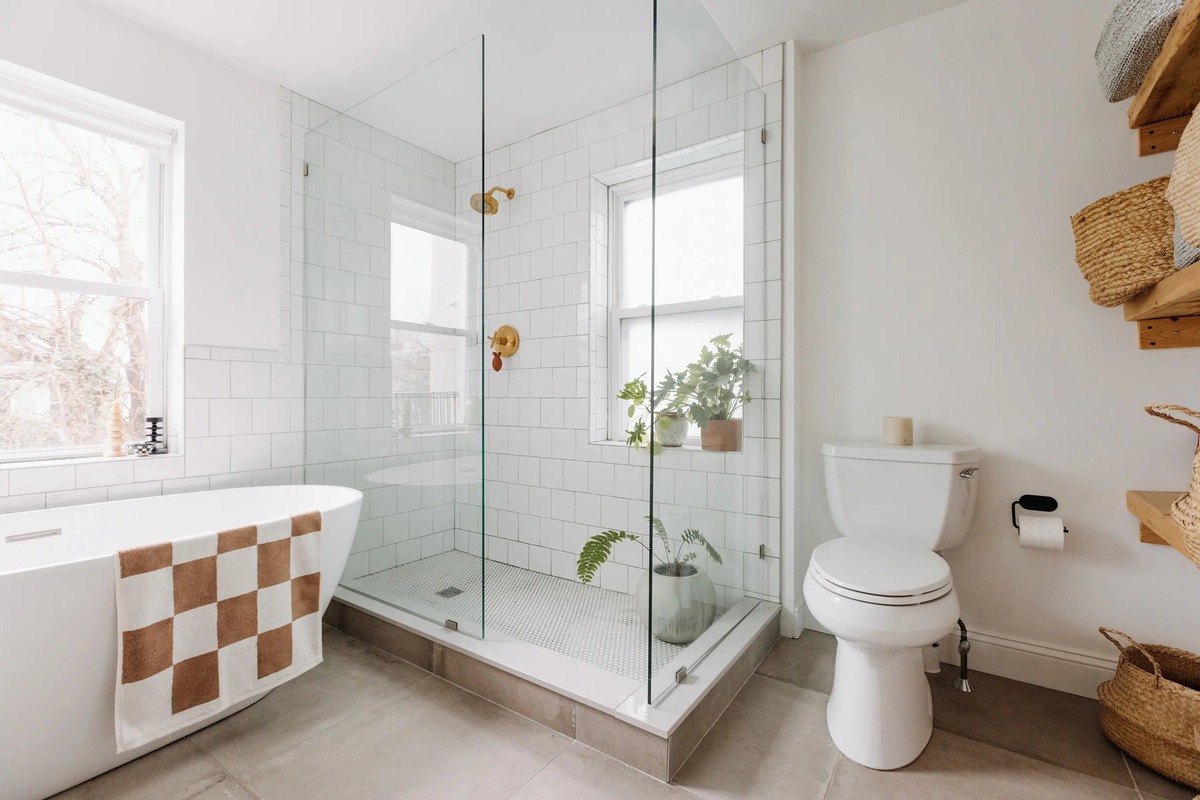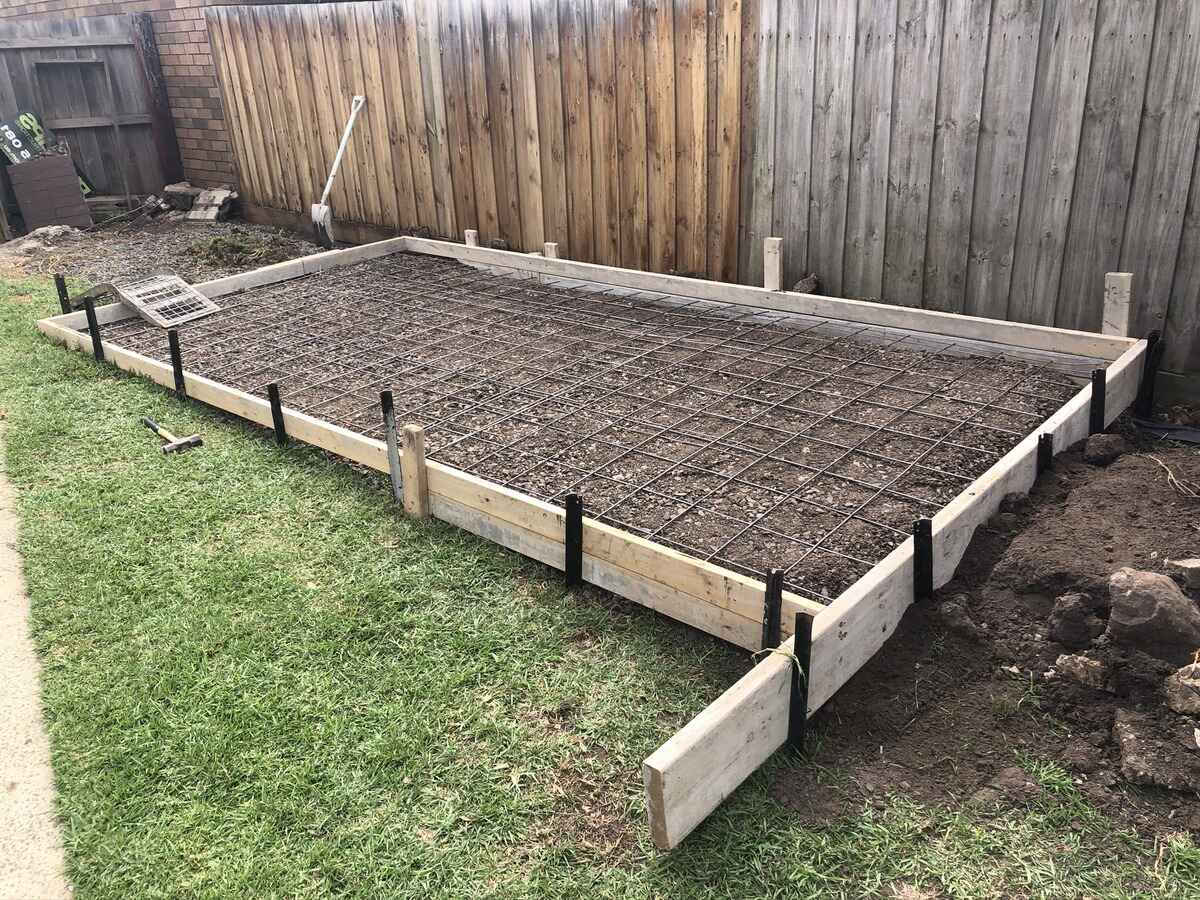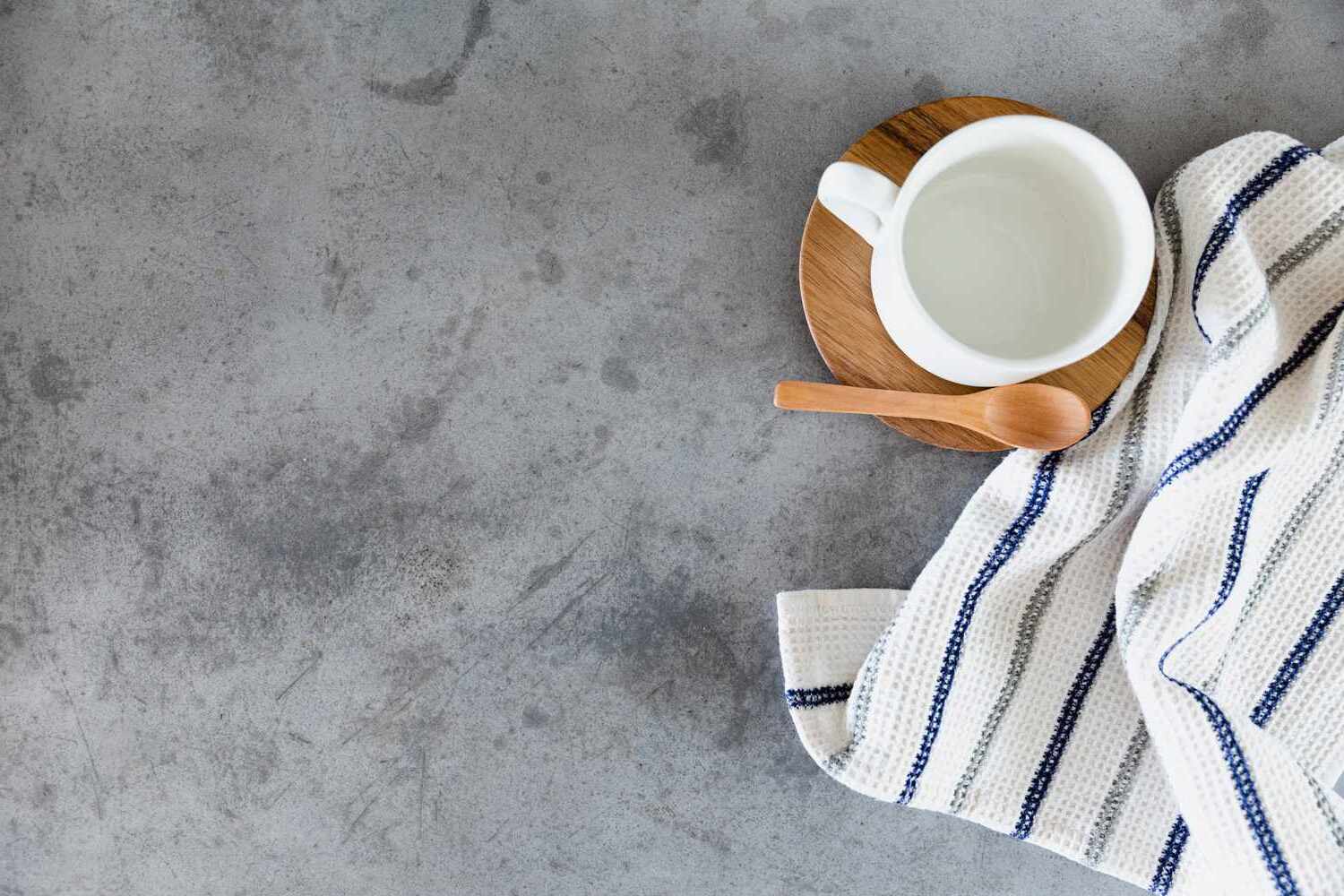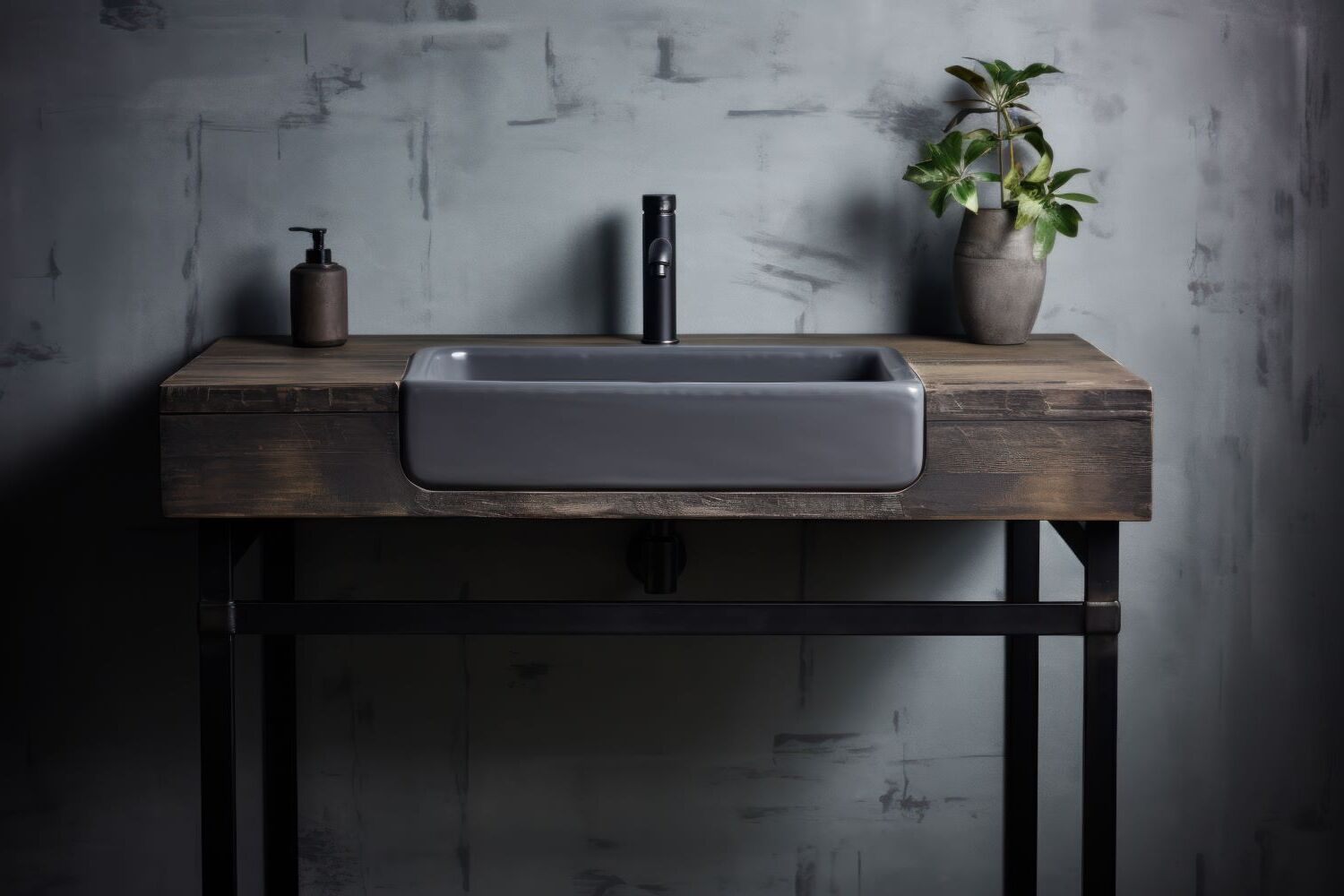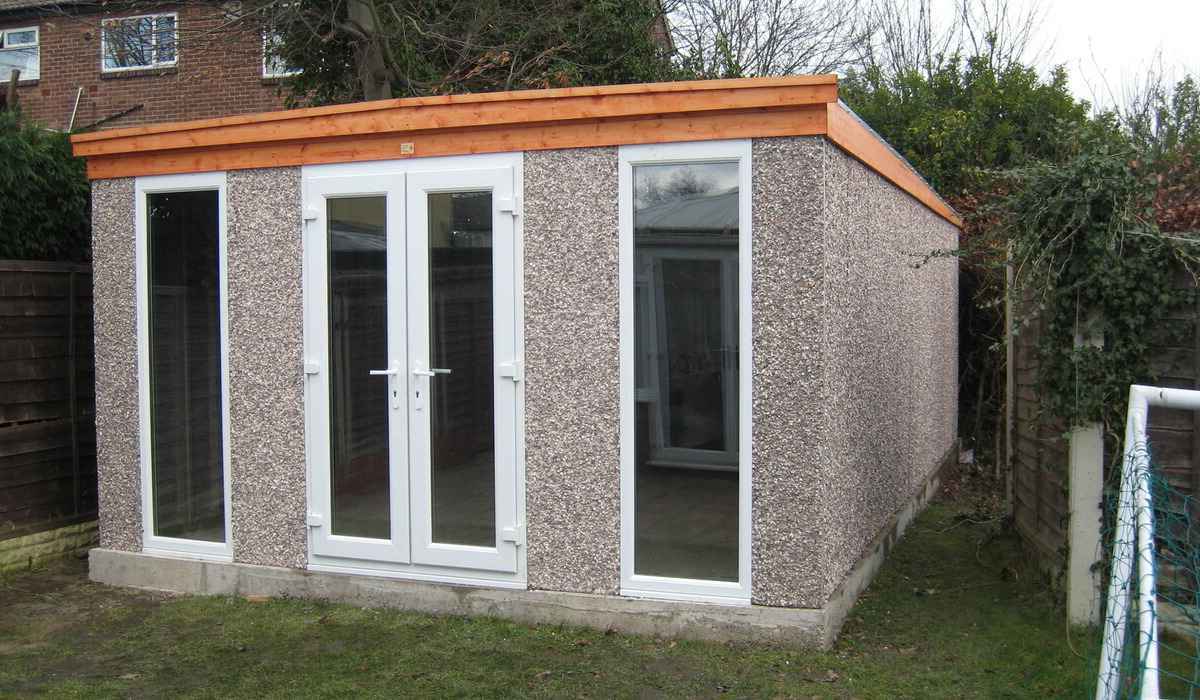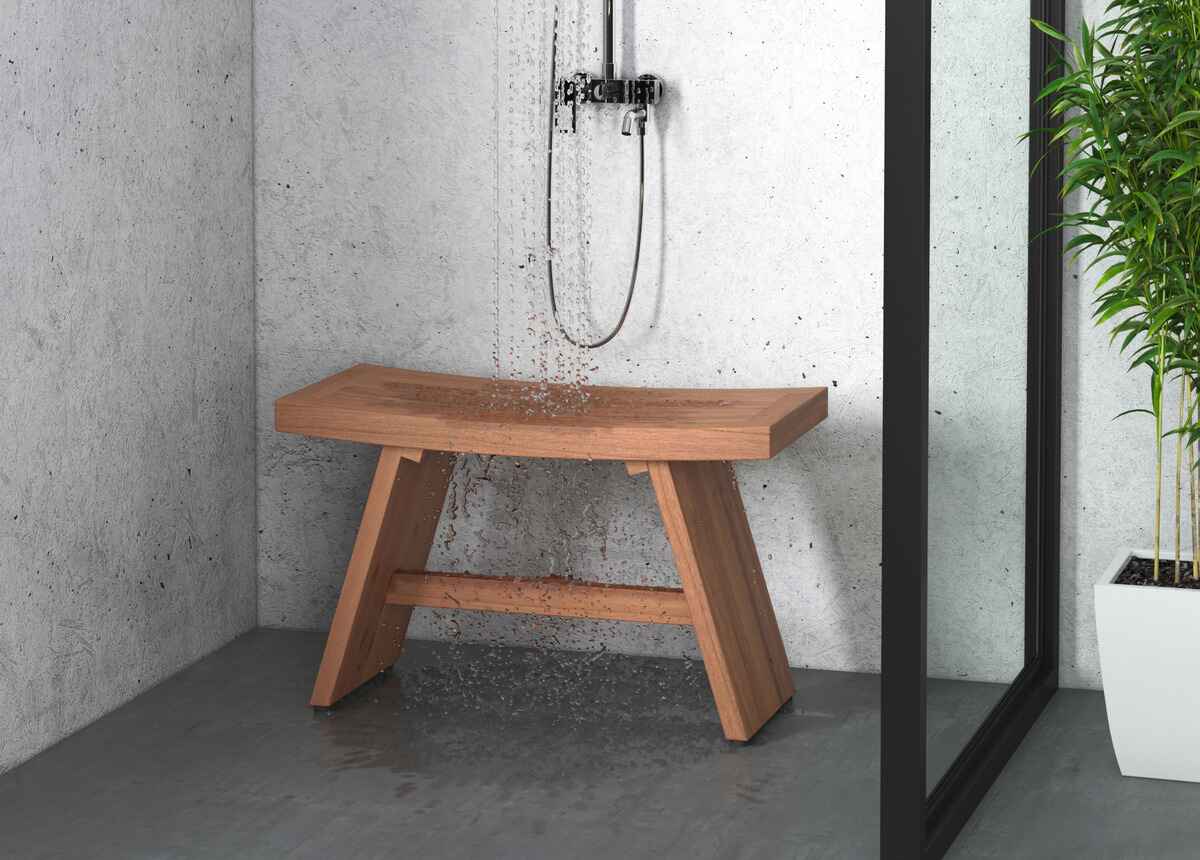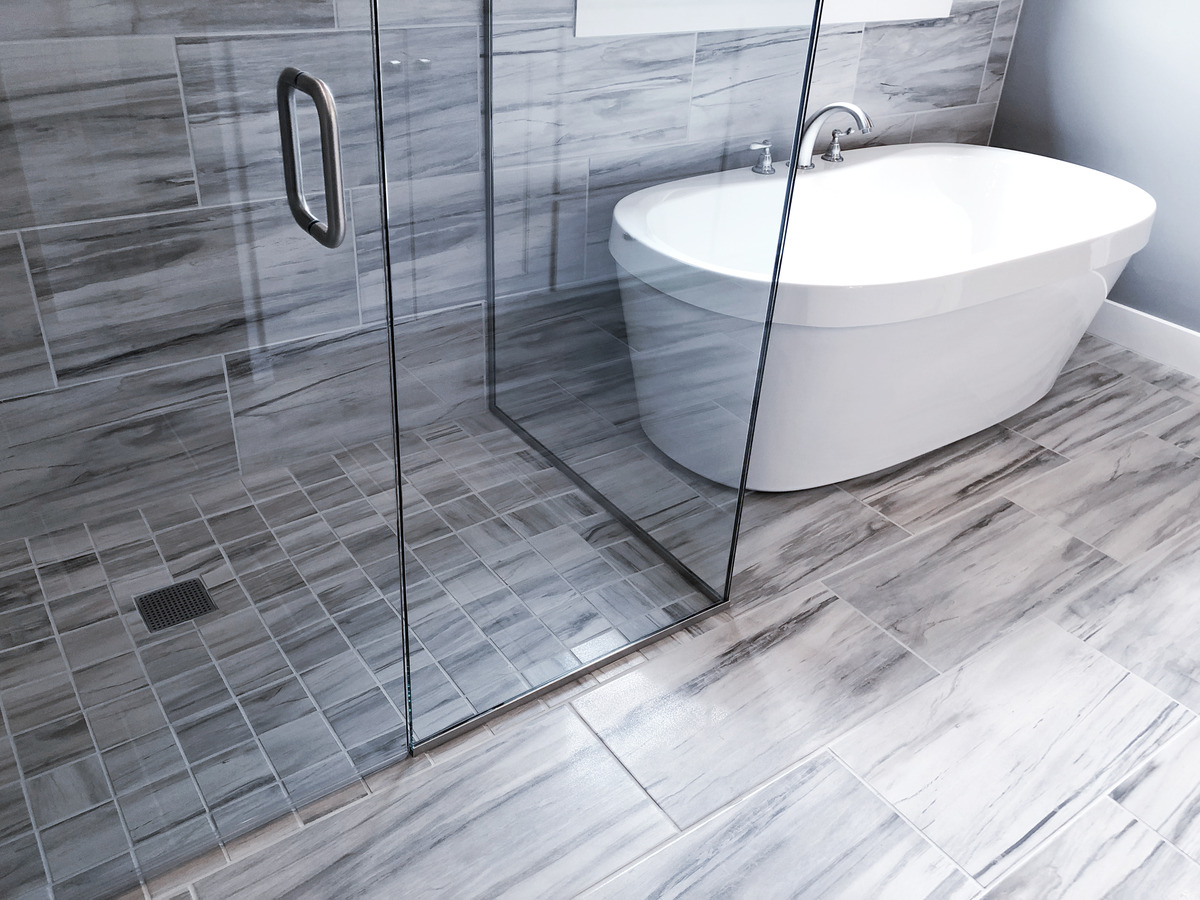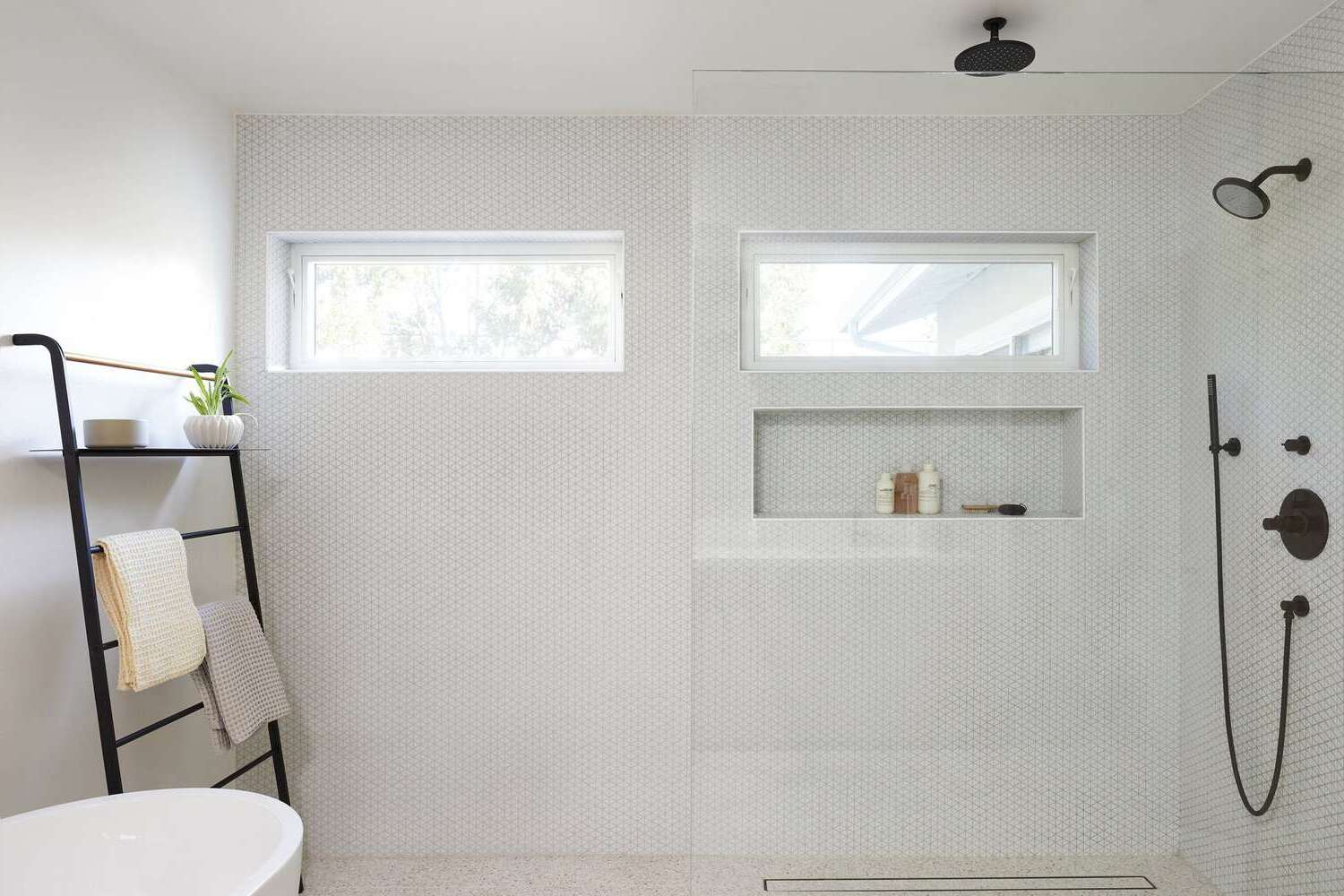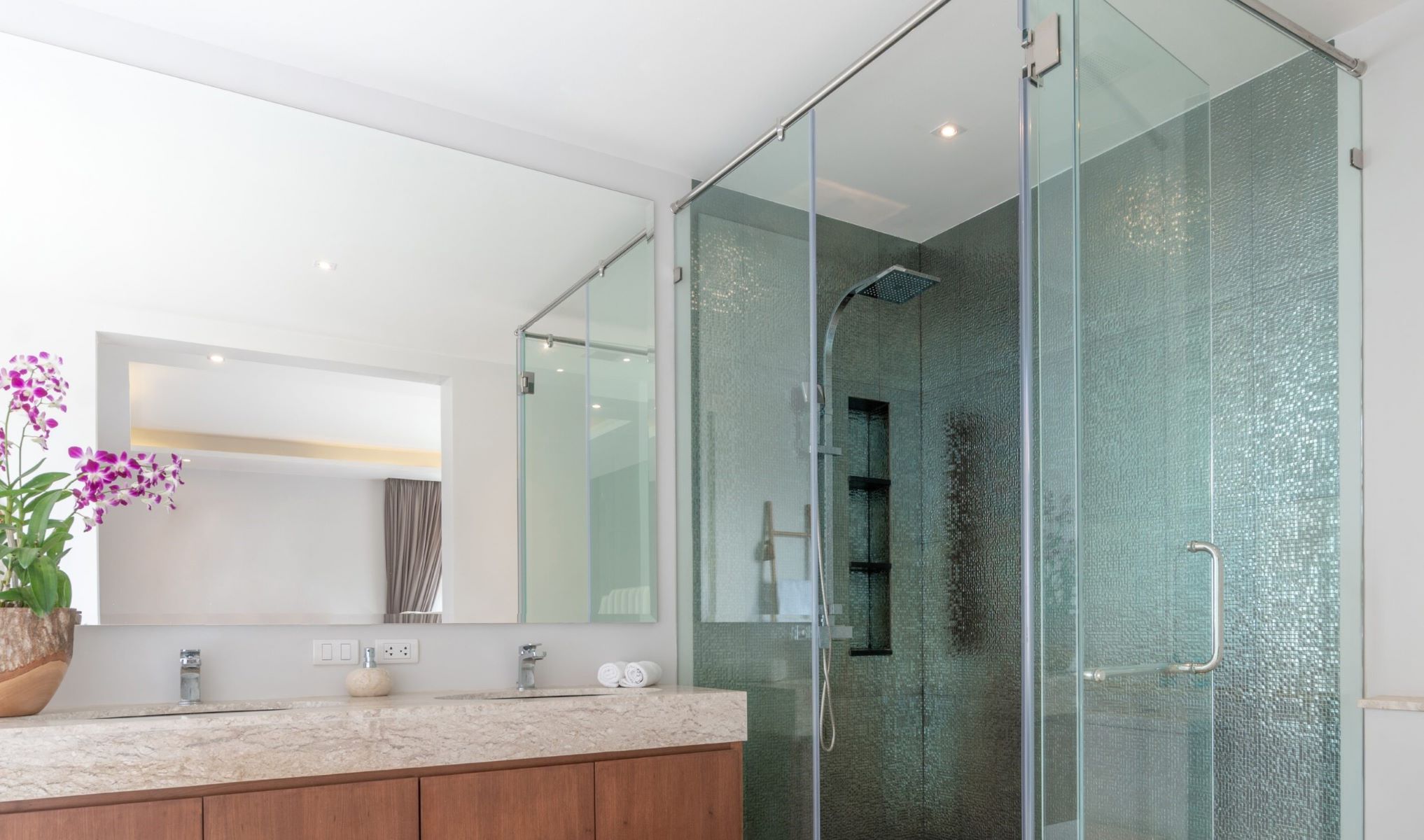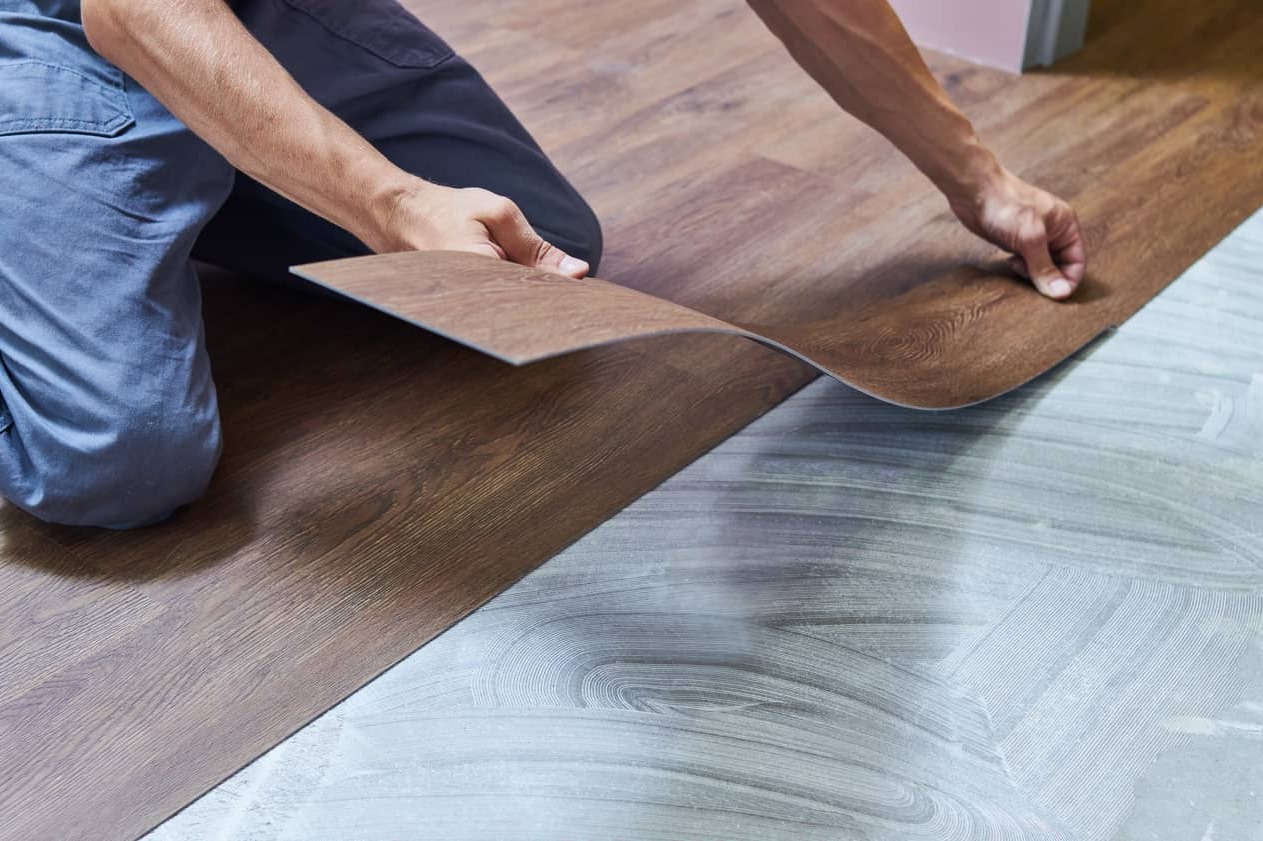Home>Home & Furniture>Bathroom>How To Build A Shower Pan On A Concrete Floor
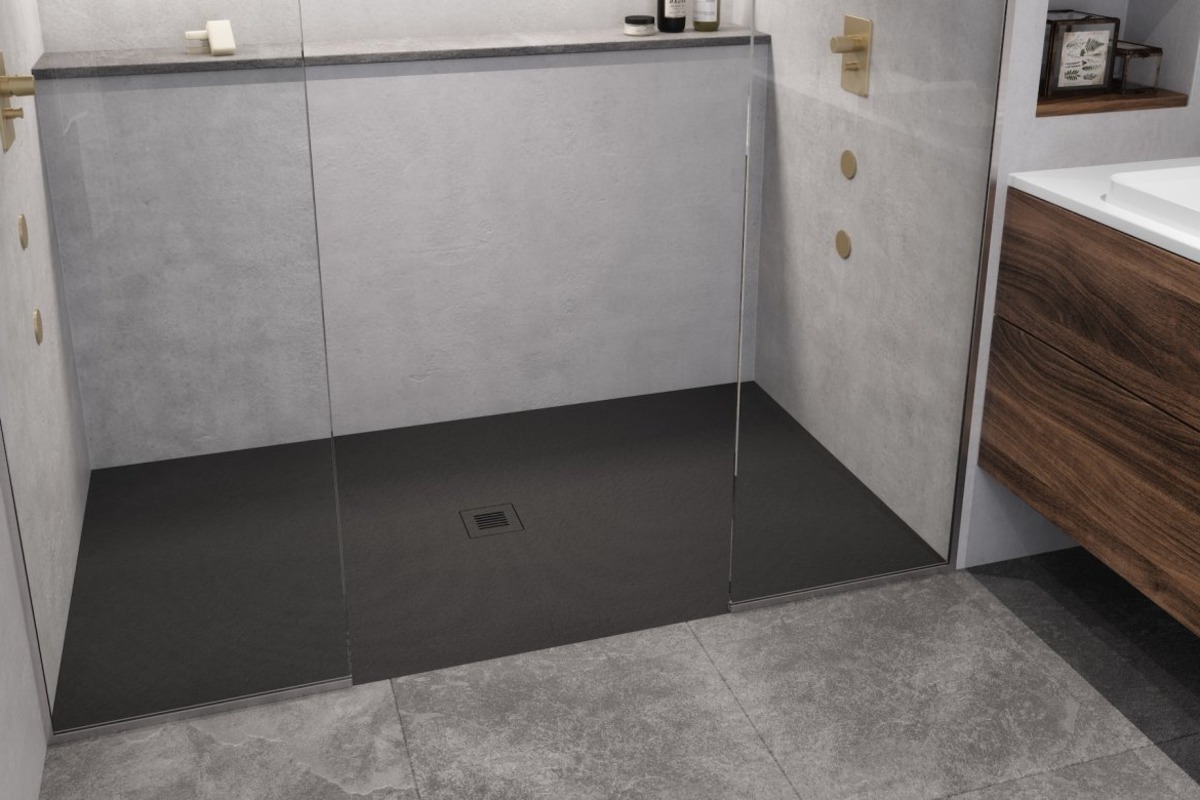

Bathroom
How To Build A Shower Pan On A Concrete Floor
Published: March 7, 2024
Editor-in-Chief with a decade in home renovation and a passion for vintage furniture. Diane is known for her weekend treasure hunts at flea markets, enriching our content with unique style insights.
Learn how to build a shower pan on a concrete floor in your bathroom with our step-by-step guide. Create a custom shower base for your perfect bathroom renovation.
(Many of the links in this article redirect to a specific reviewed product. Your purchase of these products through affiliate links helps to generate commission for Twigandthistle.com, at no extra cost. Learn more)
Introduction
So, you've decided to take on the challenge of building a shower pan on a concrete floor. Congratulations! This DIY project can be a great way to customize your bathroom and save some money in the process. Whether you're remodeling your bathroom or building a new one, a properly constructed shower pan is essential for preventing leaks and ensuring a long-lasting, functional shower. In this guide, we'll walk you through the step-by-step process of building a shower pan on a concrete floor, from preparing the surface to testing the final product. Let's get started!
Read more: How To Build A Shower Pan
Materials Needed
To build a shower pan on a concrete floor, you'll need the following materials:
-
Shower Pan Kit: Purchase a shower pan kit that includes a waterproof membrane, drain assembly, and curb components. This will ensure that you have all the necessary components for the project.
-
Concrete Mix: You'll need concrete mix to create the shower pan base. Opt for a high-quality concrete mix that is suitable for shower pan applications.
-
Shower Pan Liner: Invest in a durable shower pan liner to waterproof the shower pan. Look for a PVC or CPE (Chlorinated Polyethylene) liner that is specifically designed for use in showers.
-
Cement Board: Use cement board to create a sturdy and waterproof substrate for the shower walls. Cement board is resistant to moisture and provides a solid base for tile installation.
-
Waterproofing Membrane: Choose a waterproofing membrane to protect the shower walls and curb from water damage. Look for a product that is designed for use in wet areas such as showers.
-
Tile and Grout: Select the tile and grout of your choice to finish the shower pan. Ensure that the tile is suitable for wet environments and choose a grout that is resistant to mold and mildew.
-
Shower Drain: Purchase a shower drain assembly that is compatible with the shower pan kit. The drain should have a removable strainer for easy cleaning and maintenance.
-
Safety Gear: Don't forget to prioritize safety. Equip yourself with gloves, safety goggles, and a dust mask to protect yourself during the construction process.
-
Tools: Gather essential tools such as a trowel, level, tape measure, utility knife, and a drill with a mixing attachment for the concrete mix.
By ensuring you have all the necessary materials and tools, you'll be well-prepared to tackle the project of building a shower pan on a concrete floor.
Preparing the Concrete Floor
-
Clear the Area: Begin by removing any existing flooring material and thoroughly clean the concrete floor to ensure a smooth and debris-free surface.
-
Inspect for Damage: Check the concrete floor for any cracks, uneven areas, or damage. Repair any imperfections using a suitable concrete patching compound. Allow the patched areas to dry completely before proceeding.
-
Create a Curb: If your shower design includes a curb, use 2×4 or 2×6 lumber to frame the perimeter of the shower area. Secure the lumber to the concrete floor using concrete screws or anchors. Ensure that the curb is level and securely anchored to the floor.
-
Install the Drain Flange: Position the drain flange in the center of the shower area and mark its outline on the concrete floor. Use a drill with a masonry bit to create a hole for the drain. Insert the drain flange into the hole and secure it in place.
-
Apply Primer: Before applying the waterproofing membrane, it's essential to prime the concrete floor. Use a suitable primer to ensure proper adhesion of the waterproofing membrane.
By following these steps, you'll effectively prepare the concrete floor for the installation of the shower pan.
Installing the Shower Pan Liner
-
Measure and Cut: Begin by measuring the dimensions of the shower floor and walls to determine the required size of the shower pan liner. Allow for an overhang of the liner on the walls and curb to ensure proper waterproofing. Use a utility knife to cut the shower pan liner to the appropriate size.
-
Position the Liner: Carefully position the shower pan liner over the shower floor, ensuring that it covers the entire surface and extends up the walls and over the curb. Smooth out any wrinkles or air pockets to achieve a snug fit.
-
Secure the Liner: Use staples or a suitable adhesive to secure the shower pan liner in place. If using staples, be sure to space them evenly and avoid puncturing the liner excessively. Pay special attention to the corners and edges to prevent any water from seeping through.
-
Create Drain Hole: Locate the position of the shower drain on the liner and carefully cut a hole to allow the drain to pass through. Ensure that the hole is slightly smaller than the diameter of the drain to create a tight seal.
-
Flange and Clamping Ring: Install the clamping ring over the shower pan liner, ensuring that it fits securely over the drain hole. The flange should be positioned over the clamping ring, sandwiching the liner in between. Tighten the bolts on the clamping ring to create a watertight seal.
-
Test for Leaks: Once the shower pan liner is installed, perform a simple water test to check for any leaks. Pour water into the shower pan and observe the drain area and the surrounding floor for any signs of water leakage. Address any leaks immediately before proceeding with the next steps.
By following these steps, you'll effectively install the shower pan liner, a crucial component for waterproofing the shower pan and preventing water damage to the underlying structure.
Creating the Slope
-
Mark the Reference Line: Begin by marking a reference line around the perimeter of the shower walls, approximately 2 inches above the shower pan liner. This line will serve as a guide for creating the slope.
-
Mix the Mortar: Prepare a batch of mortar according to the manufacturer's instructions. The consistency of the mortar should be thick enough to hold its shape but still be workable.
-
Start at the Drain: Apply a layer of mortar around the drain area, ensuring that it slopes gently towards the drain. Use a trowel to shape the mortar, gradually building up the slope towards the reference line.
-
Use the Screed Board: Place a screed board along the reference line and use a sawing motion to level the mortar to the height of the line. This will help create a uniform slope across the shower floor.
-
Check for Consistency: Periodically check the slope using a level to ensure that the mortar is gradually sloping towards the drain from all directions. Make any necessary adjustments to maintain a consistent slope.
-
Smooth and Shape: Once the initial slope is established, use the trowel to smooth out the surface and shape the slope to ensure proper water drainage towards the drain.
-
Allow to Cure: Allow the mortar to cure according to the manufacturer's recommendations before proceeding with the next steps of the shower pan installation.
By following these steps, you'll effectively create a properly sloped shower pan that promotes efficient water drainage and helps prevent standing water in the shower.
Read more: How To Build A Shower Pan On Plywood Floor
Waterproofing the Shower Pan
-
Apply the Waterproofing Membrane: Once the shower pan liner is in place and the slope is created, it's time to waterproof the shower pan. Begin by applying a suitable waterproofing membrane over the entire surface of the shower pan, including the sloped area and up the walls. Use a paintbrush or roller to ensure even coverage of the membrane. Pay special attention to the corners and seams to create a seamless barrier against water penetration.
-
Seal the Joints and Corners: To reinforce the waterproofing, apply a waterproofing band or fabric over the seams and corners of the shower pan. This additional layer of protection will help prevent water from seeping through the vulnerable areas of the shower pan. Press the waterproofing band firmly into the membrane to ensure a secure bond.
-
Check for Coverage: After applying the waterproofing membrane and sealing the joints, inspect the entire surface of the shower pan to ensure that there are no missed spots or gaps in the waterproofing. Address any areas that require additional membrane or sealing to guarantee comprehensive coverage.
-
Allow for Drying Time: Give the waterproofing membrane sufficient time to dry and cure according to the manufacturer's recommendations. This crucial step ensures that the membrane forms a durable and watertight barrier, ready to withstand the rigors of daily shower use.
-
Perform a Water Test: Once the waterproofing membrane is fully cured, conduct a water test to verify its effectiveness. Pour water onto the shower pan surface and observe the flow towards the drain. Check the walls and corners for any signs of water penetration. A successful water test confirms that the shower pan is properly waterproofed and ready for the next phase of installation.
By meticulously waterproofing the shower pan, you'll create a reliable barrier against water intrusion, safeguarding the underlying structure and ensuring the longevity of your shower installation.
Installing the Drain
-
Position the Drain Flange: Place the drain flange at the center of the shower pan and mark its outline on the shower pan liner. Using a drill with a masonry bit, create a hole for the drain. Ensure that the hole is slightly smaller than the diameter of the drain to create a snug fit.
-
Insert the Drain: Carefully insert the drain into the hole, ensuring that it fits securely. The drain should sit flush with the shower pan surface, with the weep holes (openings that allow water to escape) visible and unobstructed.
-
Connect the Drain to the Waste Pipe: Attach the drain to the waste pipe using the appropriate connectors. Ensure that the connections are tight and secure to prevent any potential leaks.
-
Test the Drain: Pour a small amount of water into the shower pan and observe the flow towards the drain. Check for any leaks around the drain and connections. Tighten any fittings if necessary to eliminate leaks.
-
Install the Strainer: Place the strainer over the drain and secure it in place. The strainer should fit snugly and be easy to remove for cleaning and maintenance.
-
Apply Sealant: To further ensure a watertight seal, apply a bead of waterproof sealant around the edges of the drain flange where it meets the shower pan. This additional layer of protection helps prevent water from seeping into the subfloor.
By following these steps, you'll effectively install the drain in the shower pan, ensuring proper water drainage and preventing leaks that could compromise the integrity of the shower installation.
Testing the Shower Pan
-
Fill the Shower Pan: Begin the testing process by filling the shower pan with water. Use a bucket or hose to gradually pour water onto the shower pan surface, allowing it to accumulate to a depth of approximately 1 inch.
-
Observe for Leakage: Carefully monitor the shower pan and its surroundings for any signs of water leakage. Pay close attention to the drain area, corners, and walls, as these are common areas where leaks may occur.
-
Check the Drain Performance: Observe the flow of water towards the drain and ensure that it efficiently drains without any backup or pooling. The water should swiftly and consistently drain towards the central drain without any obstructions.
-
Inspect the Surrounding Area: Examine the walls and floor surrounding the shower pan for any indications of water seepage or moisture. Look for discoloration, dampness, or water accumulation that may suggest a leak.
-
Perform a Time Test: Allow the water to remain in the shower pan for an extended period, such as 15-20 minutes, to thoroughly assess the performance of the waterproofing and drainage. Continuously monitor for any unexpected water movement or signs of leakage.
-
Addressing Issues: If any leaks or drainage problems are detected during the testing process, promptly identify and address the underlying issues. This may involve resealing seams, adjusting the slope, or reinforcing the waterproofing membrane as necessary.
-
Verify the Results: Upon completing the testing process and addressing any identified issues, verify that the shower pan effectively contains and drains water without any leakage or seepage. A successful test confirms the functionality and integrity of the shower pan installation.
By meticulously testing the shower pan, you can ensure that it meets the essential criteria for waterproofing, proper drainage, and overall functionality, providing confidence in the reliability of your DIY shower pan construction.

